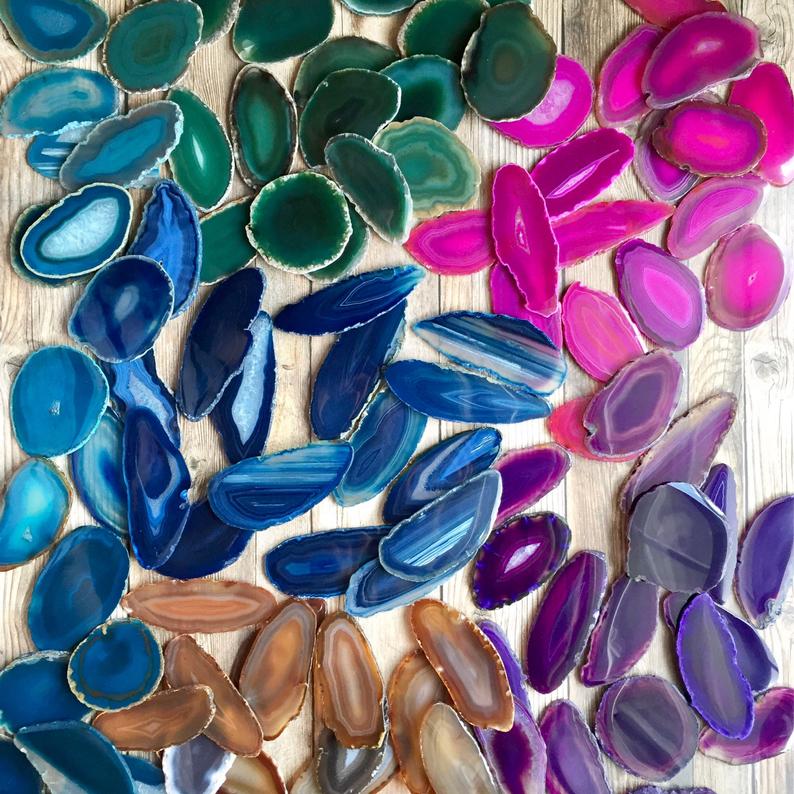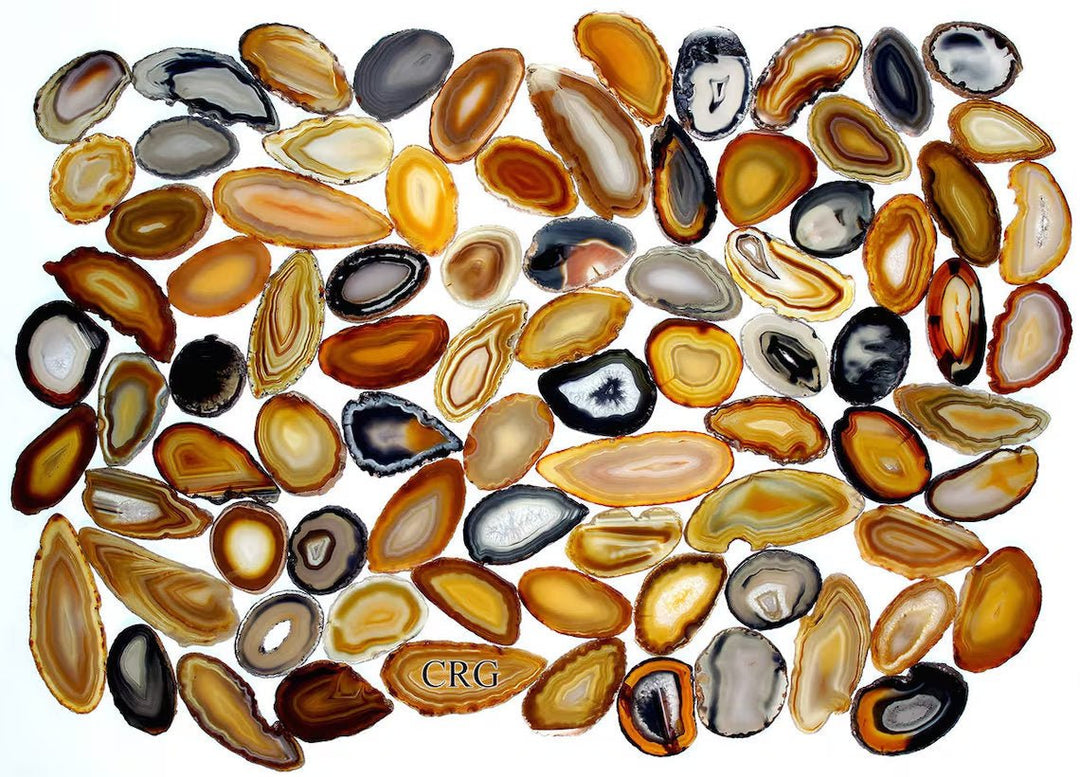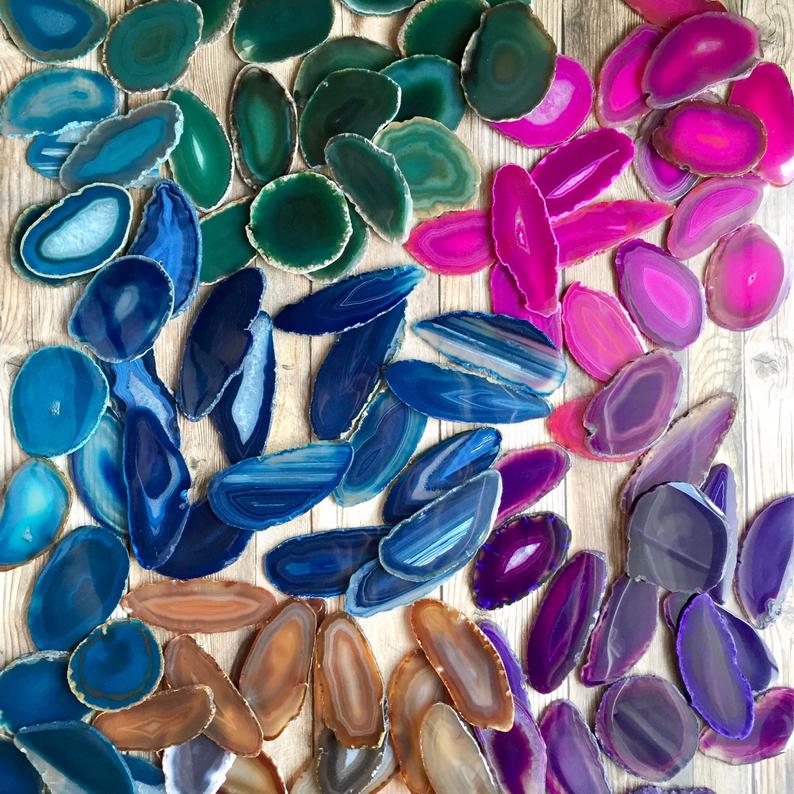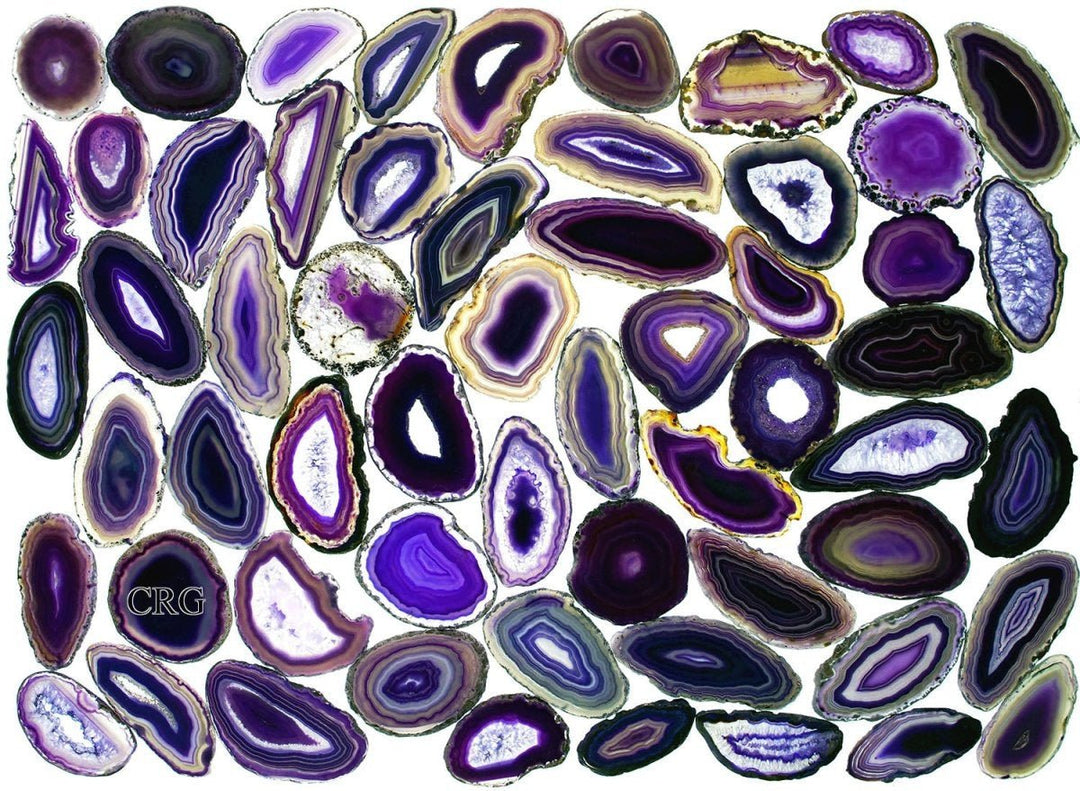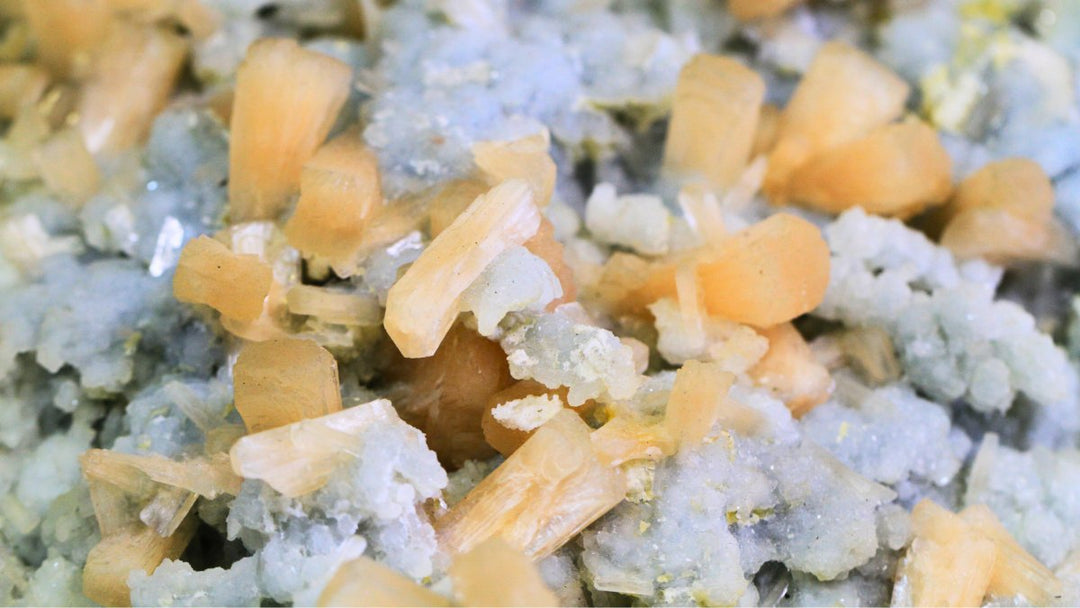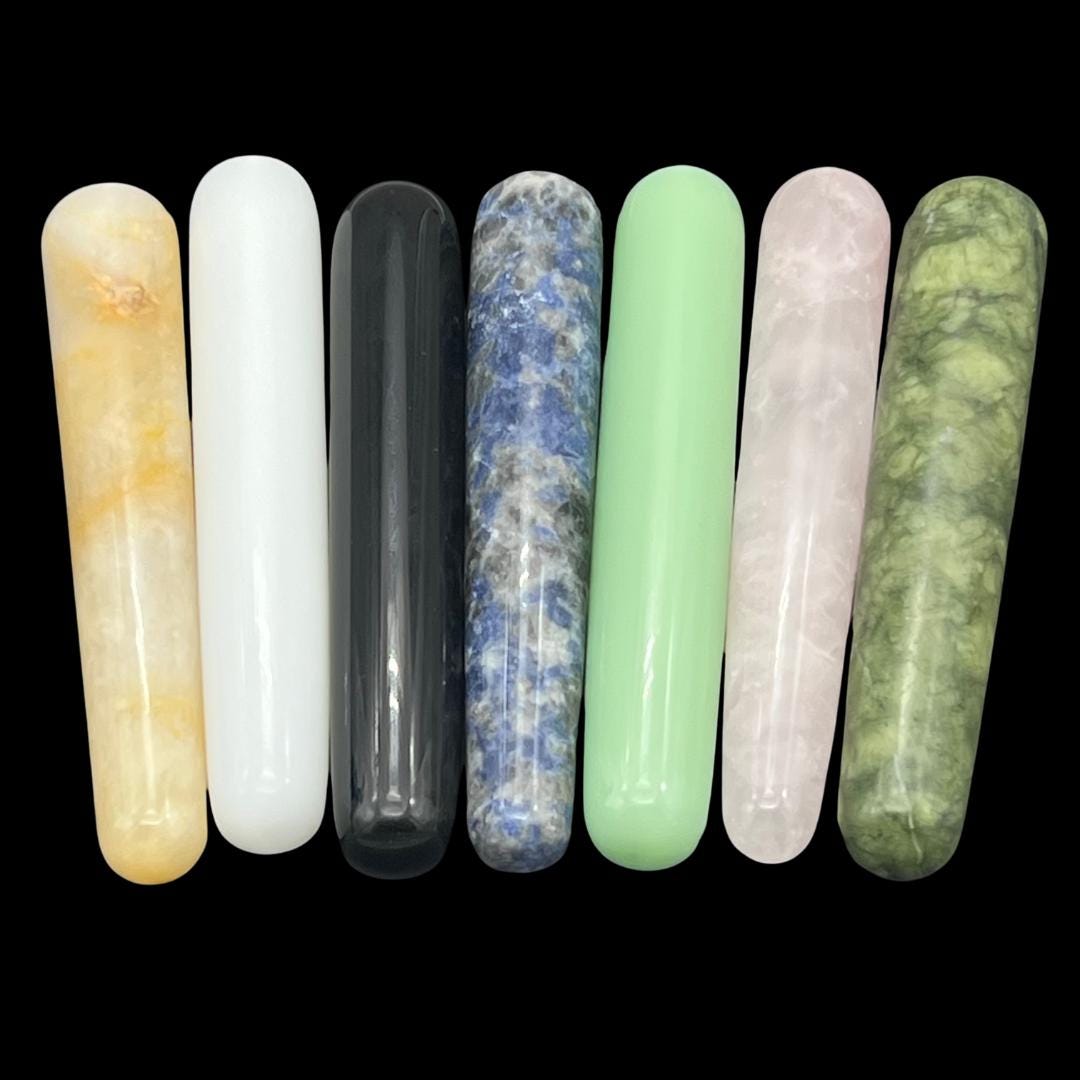Speaking as someone whose name is Amber, I thought it would be tragic if I never wrote a blog post about the stone called amber! Putting my name aside, amber is a fascinating organic mineral, being a fossilized tree resin that humans have highly esteemed since Neolithic times. Indeed, there is a certain ancientness that is evoked in amber. I’d like to take us back to those prehistoric forests that set its journey in motion.

Although the term “amber” is sort of amorphous and can apply to many different substances, it is generally accepted that amber is derived from resin-bearing trees that once grew in dense, now-extinct forests. It is found throughout the world, with most deposits discovered in Tertiary-period sediments dating back to the Eocene and some to the Oligocene. Amber is formed from tree resin, and it is important to note that resin is different from sap. Where tree sap is a watery, sugary substance that flows through a tree’s vascular system, tree resin (also known as “pitch”) is thicker, darker, and stickier than sap and is produced in the outer bark of trees, often when the tree is injured or attacked by insects. Ancient tree resin, not sap, was the substance that would eventually become amber.
The way resin protects trees is by blocking vulnerable gaps in the bark. Once resin has filled in a gap or gash, it hardens in the sunlight and makes a seal. Resin is also antiseptic, so it shields trees from disease and fungal infections, and its thick stickiness can gum up the mouths of gnawing and burrowing insects. In ancient forests, resin flowed down branches and trunks, oozing into blobs and stalactites and occasionally dripping onto the forest floor. Some trees even produced multiple resin flows that layered onto each other, entrapping many interesting organic inclusions. In fact, resin has a knack for enveloping and preserving even the softest-bodied creatures. Paleontologists have found insects, arachnids, crabs, plants, fungi, microorganisms, nematodes, and (on occasion) pieces of larger vertebrate animals preserved in amber.

Primordial trees didn’t stick around forever. When they eventually fell, their resin-coated logs were deposited into rivers, which carried them to deltas in coastal regions. There, they were gradually buried in sedimentary deposits. Because of this process, the majority of amber did not originate where we humans found it. Most known accumulations of amber are redeposition found at a distance from where the resin-producing trees grew.
Over many millennia, this resin was buried deeper and deeper into the earth. The farther down it got buried, the more heat and pressure it endured. Over time, these conditions made the resin’s compounds polymerize (chemically react with each other) to form a thicket of molecular linkages. The result? The hard, glassy stone we call amber.
It’s difficult to say exactly how long it takes for resin to become amber, since the transformation is ultimately the effect of the conditions that the original blob of resin experienced over time. However, there is a general consensus that most amber is well over 40,000 years old. Specimens younger than that are usually classified as copal (an old, polymerizing resin that still exhibits some properties of the fresh material, such as a more tacky surface). The oldest amber discovered dates back to the Upper Carboniferous period (320 million years ago). Its chemical composition makes it tough to figure out the amber’s producers. It is most similar to resins produced by flowering plants, but there are no flowering plant fossils until the Cretaceous period. The oldest amber with arthropod inclusions (vertebrates with jointed legs, segmented bodies, and exoskeletons) comes from Lebanon and Jordan. This amber is approximately 125-135 million years old and is of immense scientific value, supplying evidence for some of the oldest ecosystems.

Amber is an organic mineral; it is not classified as a crystal because it has no crystal structure. Rather, it calls back to the biohistory of the Earth, when strange and unfamiliar creatures roamed the forests and huge ferns bloomed in the shadows of the trees. In a very literal sense, amber is a remnant of that world. It is our connection to the past—to a completely different Earth that no longer exists.



